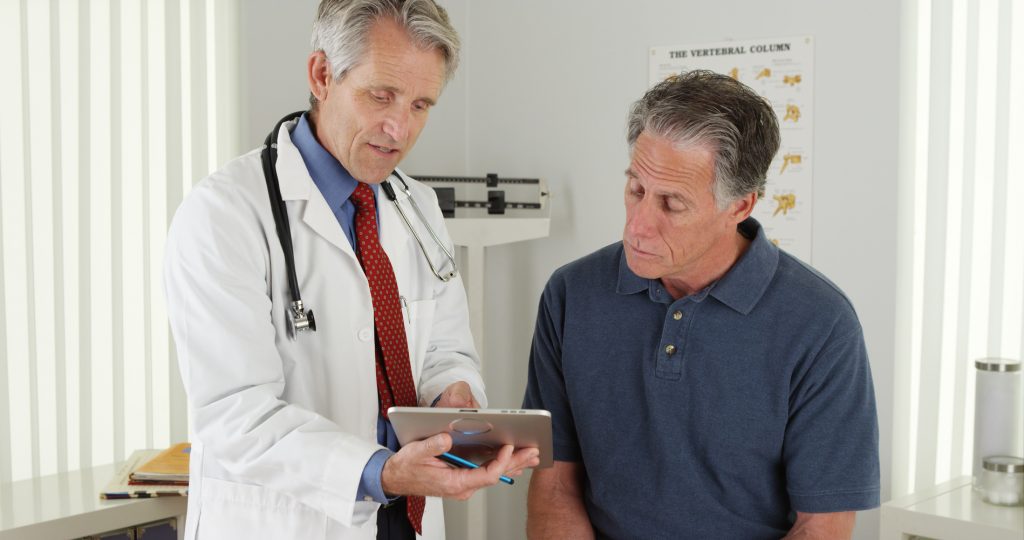Majority of Physicians Pessimistic about the Future of Medicine, New Report Finds
The results of the sixth biennial Survey of America’s Physicians have been released, and the findings can only be described as startling.
Steal this Recruiter’s Tips to Land the Perfect Job
Seeking a competitive advantage to help you land your perfect job? Look no further than this advice from a clinician who has been involved in hiring.
Insulin’s Steep Price Leads To Deadly Rationing
The price of insulin in the U.S. has more than doubled since 2012. Because of this, some diabetics have been forced to take drastic measures, like rationing their insulin.
5 Reasons to Consider Travel Therapy
Travel therapy jobs come with unique advantages that you just plain cannot find at your neighborhood clinic or SNF. Here are five of them.
5 Questions to Ask at Your Job Interview
When you are interviewing for a position, traditionally, you will be the one answering the questions, not asking them—but you should definitely ask some.
Six Reasons to Love Millennial Nurses
The Millennial generation are the new majority in the 21st-century workforce, and Millennial nurses are on their way to dominating the nursing profession. Here are some reasons to love them.
How Nurses Can Help after a Hurricane
As a nurse, a healer at heart, you may have watched with wide eyes as people were pulled from the floodwaters of Hurricane Florence on the news, and felt just a little bit helpless. There are ways you can help.
Primary Care Physician Salaries Up 10+% in 5 Years
New findings indicate the increase in compensation is, in part, due to the ongoing primary care physician shortage across the country.
First National Physician Suicide Awareness Day
The day places a priority on mental health awareness in an effort to allow physicians to better care for themselves and their patients
Using Medical Survey Panels to Grow Your Clinical Income
Explore the benefits, as well as the downsides, of participating in medical market research survey panels as a way to supplement your income.








